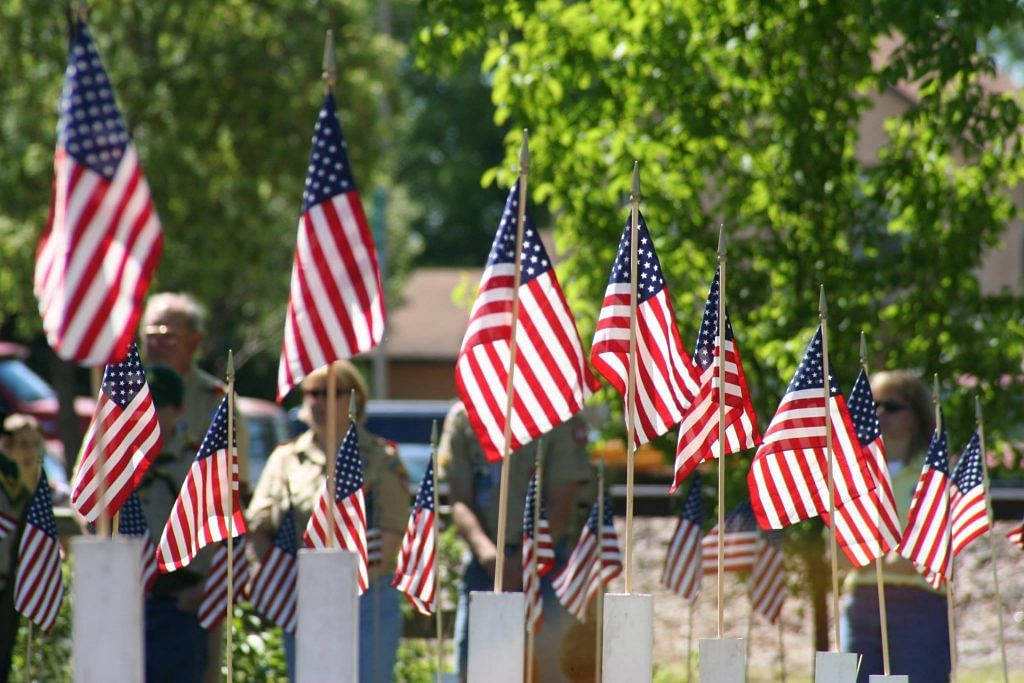These IIT & IIM degree holders settled in the US often support aggressive Hindutva, hate Muslims, support Trump & Modi, and lord over other Indians in the US.
Most IITians, past or present, and even those aspiring to enter IITs, look at America as the final fulfilment of their career. As do IIM students. Thousands of parents are ready to send their children to study in the US by taking huge loans or breaking their fixed deposits, as are professionals, who are ready to give an arm and a leg to realise their dreams of being NRIs in the US.
The queue of visa seekers outside American consulates is a spectacle to behold. Young boys and girls with their parents start queuing up from midnight, weathering rains or cold, to get early entry when the doors open in the morning.
Becoming a permanent resident of the US (colloquially known as possessing a green card) is like holding the key to Alibaba’s cave. Among the Gujarati and Sikh communities, this craze is phenomenal. Those who are not in the club of IITs or IIMs, or don’t have business connections, also want to enter the cave, legally or illegally.
There is even an association in the US to protect the “undocumented” (read illegal) migrants. The US government converts such people into “documented” persons, at regular intervals. The craze for going to America is global, even in all Muslim countries (though their entries are getting restricted or denied).
This is why the news of the United States making it tough to get H-1B visas spread like an epidemic among the Indian middle class. They felt their dream melting away.
A reality check shows that perhaps one of every 100 or more seekers gets the H-1B visa. Most IT companies have already tightened the screws in India, and IT engineers feel betrayed by the US and India. But in any case, renewals of these visas, even of those possessing them, were getting problematic for past few years.
The super-high caste of NRI Americans
I estimate that about 70 per cent or more senior government bureaucrats, top police and intelligence officials, private sector managers, higher echelons in the academia, bankers, present or past armed forces personnel, professionals from different fields, and of course the political class have at least one, if not more, kin in the US.
Indeed, most of these people proudly flaunt their direct family connections with the US. It is also a symbolic gesture of displaying superiority. I have seen boys or girls feeling depressed and inferior when their visas get rejected. In drawing room conversations, the “successful” members of this class discuss routinely about the San Francisco-New York red-eye flights, Miami to Atlanta car journeys, the weather in Chicago or Boston, Ivy League colleges, real estate prices, new fads and crimes in the US. They will not talk with the same ease even about Bengaluru or Hyderabad, Bhopal or Lucknow, Jaipur or Vadodara.
In the Indian caste hierarchy, this NRI-American is the new super-high ‘caste’. Once they become members of this caste, they get full license to “educate natives” on how to fight corruption, how to govern, how to solve the Kashmir crisis, how to overcome caste-based reservation, how to isolate Muslims, and even how to obliterate Pakistan.
This new caste is a post-1980s creation; to be precise, born of Rajiv Gandhi’s computer initiative. Interestingly, the Sangh Parivar, the socialists and the communists were opposed to Rajiv Gandhi’s approach. They called him an immature “computer boy”.
Educated Indians’ migration to the US began long before the software generation. The first wave after independence was in the late sixties/early seventies. They were hard working, young Indians wanting to prosper on merit. They washed dishes in restaurants, did other menial jobs in odd places, moonlighted after classes or work, and got settled.
The second wave was in the late seventies. The third was the early computer generation. But the fourth, post-liberalisation wave, with its IIT/IIM degrees, gave birth to this new caste.
Today, there are nearly 3.5 million Indians in America. Of course, all of them are not in the Silicon Valley or in the tech world, but these are the people who seem to have usurped the leadership of all NRIs.
Their politics
Most of these super-high castes are neo-Hindus who advocate aggressive Hindutva and a hatred for Muslims, want the Ram Mandir to be built, believe in stridently anti-Nehru, extreme Right-wing and neo-liberal politics. Many of them support Donald Trump in the US and Narendra Modi in India; a few oppose Trump but support Modi. The post-1991 economic and political discourse has been dominated by this new caste-class.
When Louis Dumont, the renowned French scholar of Indology and sociology, specifically of caste structure, wrote his famous treatise, Homo Hierarchicus, he had not seen the rise of this new hi-tech, nouveau riche, NRI super-high caste.
If Dumont had seen this, he would have reinterpreted Indian society and its dynamics. Perhaps he could have written not only about the NRI phenomenon but also the RNI (Resident Non-Indian), who defines the current socio-political paradigm.
